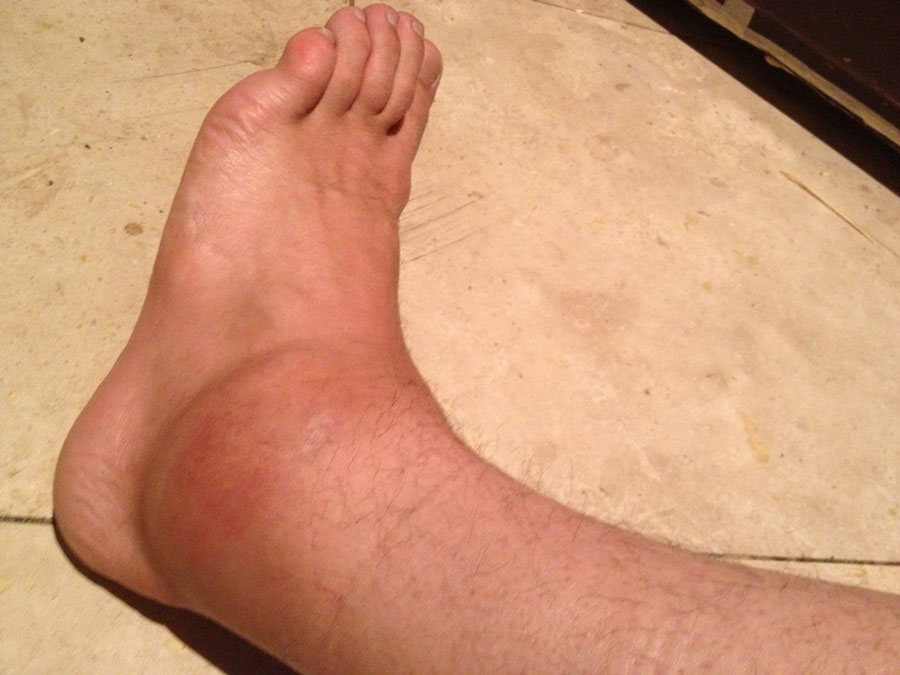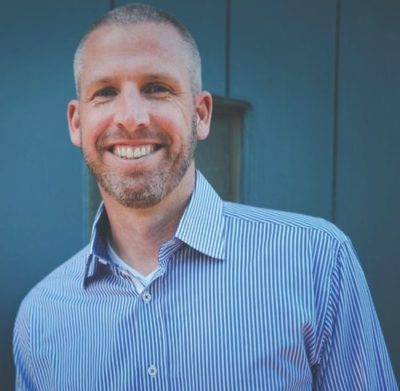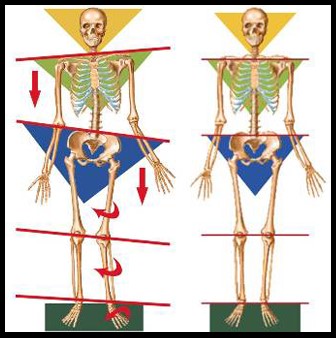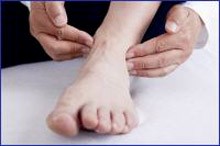It was just another night of pick-up with friends. You know the kind where everyone is out to have fun try new tricks, maybe pull a meg or two. As I a
It was just another night of pick-up with friends. You know the kind where everyone is out to have fun try new tricks, maybe pull a meg or two. As I am weaving through a couple players I step on a grass mound and roll my ankle. I have felt this before, right away my ankle swells to the size of a softball. Looks like it’s off for another visit to CK Physio or someone similar.
Not able to walk, I am carried off the field by my friends, take off my shoe and assess the injury. I have experienced ankle tweaks and sprains throughout my career so I am quite verse in caring and recovering from one. But if this is the first time you have been involved in a work related accident, don’t think that you have to go through this alone. Once you seek medical attention, it may help you to get in touch with a workers comp attorney in the hopes of getting some legal advice to help you get through this process as easily as possible.
The next day things are starting to feel better, I am able to put pressure on my foot and hobble along. That evening a meet with a client to work on skills and speed, my client referrers me to Dr. Chad Wells from The League Sports Rehab.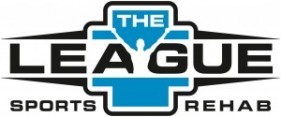
My client tells me he is a miracle worker and had her daughter back from a groin injury in 2 treatments. I am always interested in new treatment techniques, so I scheduled a session with Dr. Wells.
When I arrive for my session I am greeted by Dr. Wells and he welcomes me back to his office. The office is covered with pictures of professional athletes and notes to Dr. Wells thanking him for helping them recover from injuries. Dr. Wells gives me the rundown of how the leg works starting at the feet, working up to the hip and how one part effects the other.
He then proceeds to use a device that looks like a drill with a meat tenderizer on the end and starts to massage my foot, so far so good, I could get use to this. He then warns me the next part will be a bit painful, the more painful the quicker the recovery, I think to myself “I have a pretty high pain tolerance so I should be able to handle the pain, and I also want to get back to being healthier faster,” so I say “let’s do it.”
Dr. Wells starts at my ankle bone where the injury is most painful, he pushes on the soft tissue next to the ankle bone as hard as he can and holds it for about 1 minute, the comparison would be when a masseuse finds a knot on your back and pushes as hard as they can, pretty painful, right? He proceeds to do this moving the point of pressure around my ankle in 1 minute increments for about 5 – 10 minutes’ total. Once he finishes he moves on to massaging the ankle and calve, less painful but still tender. By the end of the treatment it’s been 45 minutes, Dr. Wells asks me to stand, I stand and the pain is gone, I walk around and my ankle feels great.
After my treatment I was so impressed I had to find out more and how it can be applied to soccer players, so I asked Dr. Wells a couple questions that could help other soccer players that may have nagging injuries and need a new treatment to help recover. If you work within the sports industry and have suffered from any form of work-related injury which affects day to day tasks, it may be within your best interest to click here to find out what you should do after seeking medical assistance. With the help of a professional lawyer, hopefully you’ll get to the bottom of this and be able to move forward.
Q1: What is FDM?
FDM, or Fascial Distortion Model, is re-inventing the timetable for how quickly an athlete can return to competition after an injury. It is the most effective soft tissue treatment system available today. Although relatively new to the rehabilitation world, FDM is already being used in the treatment rooms of the Chicago Cubs, New York Yankees, Los Angeles Dodgers, Toronto Maple Leafs, and many more…
Q2: What are the benefits of FDM?
The benefits of FDM are 2-fold:
1) To get the athlete back on the field after an injury in the shortest amount of time possible.
2) To improve the overall health and function of the soft tissues leading to better performance on the field (increased speed, increased endurance, decrease recovery times, etc).
Q3: What are the top injuries you treat in soccer players using FDM?
Ankle sprains – Conventionally, a moderate to severe ankle sprain takes 4-6 weeks to rehabilitate back to full participation. With our previous methods, we could cut that in half to 2-3 weeks. Now with FDM, instead of being sidelined for 4-6 weeks, the athlete is back to full participation within a week. No other treatment system can do that. We also see a lot of achilles tendonitis and calf strains, hip flexor strains, and hamstring strains, all treated effectively using FDM.
Q4: How and/or when should soccer players use FDM?
There are 2 ways to use FDM:
1) As a treatment for injuries– The sooner you can get FDM, the sooner the athlete will be back on the field.
2) As a tool to improve performance– we feel that each athlete should get FDM every 2-4 weeks during times of competition. Regular treatments result in increased speed and power, increased endurance, and quicker recovery times – during competition as well as recovery between workouts.
Q5: Any other comments or important points for soccer players using FDM?
Our number one goal is always getting an athlete back to competition as quickly as possible. FDM is an integral part of achieving that goal. At the same time, we also must be very aware to not do anything that is going to slow down the body’s ability to heal and repair itself. This is why we tell our athletes “DO NOT ICE. ANYTHING. EVER.” The inflammatory process is NOT a mistake, it is how the body heals itself. Stopping the blood flow to the injured area prevents valuable nutrients from entering the area, and prevents the removal of damaged tissues. Icing an injury slows down the healing process and does irreversible damage.
Dr. Chad Wells DC
The League Sports Rehab
“2014 Sports Medicine Doctor of the Year” (CA & AZ)– Competitor Magazine
